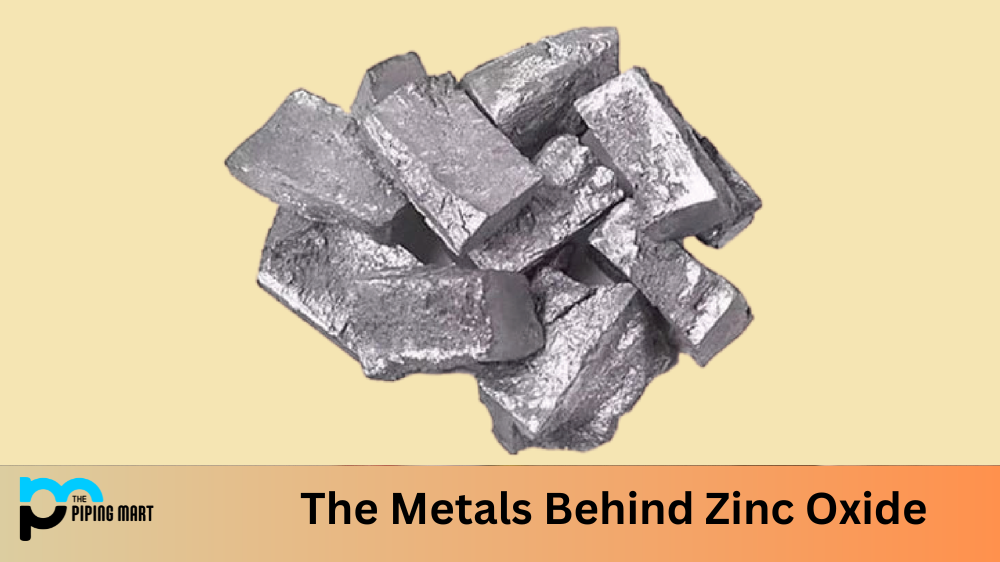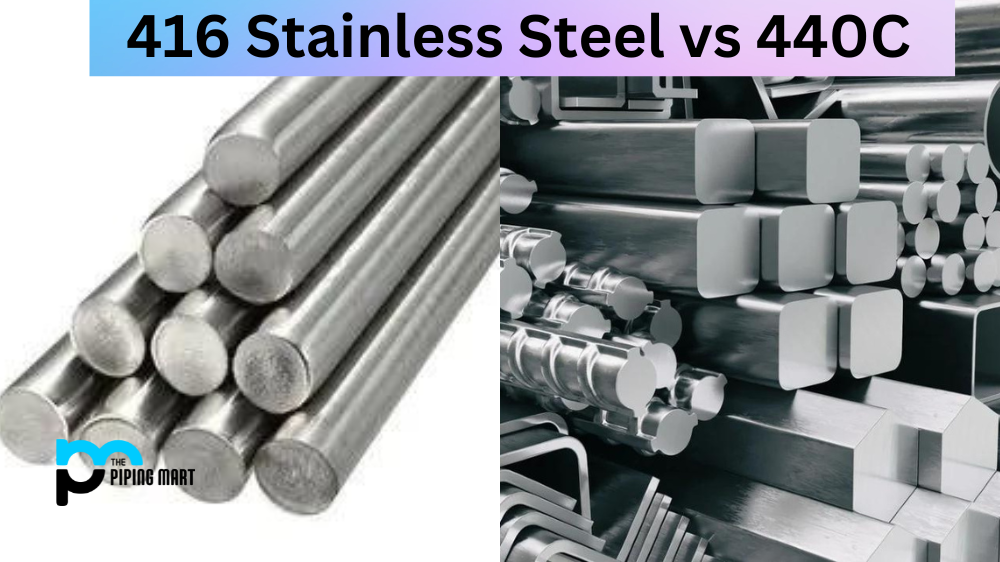Microstructure analysis is an important process used to evaluate the properties of aluminum alloys. This type of analysis examines the microscopic structure of the alloy, allowing for a better understanding of its physical and mechanical properties. By using microstructure analysis, scientists can identify which types of aluminium alloys are best suited for specific applications. Let’s take a closer look at how this type of analysis helps to improve aluminium alloys.
How Microstructure Analysis Works
Microstructure analysis involves analyzing the microscopic structure of an alloy, such as an aluminium alloy, and identifying any irregularities in its composition or structure. This type of analysis uses advanced microscopes that allow researchers to examine the material at incredibly small scales – much smaller than what can be seen with the naked eye. By analyzing the microstructure, scientists can determine how different elements interact with each other within the alloy and identify potential areas for improvement.
Benefits of Microstructure Analysis
The most significant benefit of microstructure analysis is that it allows researchers to identify ways to improve existing aluminium alloys or create entirely new metal compositions. By understanding the exact composition and structure of an alloy, researchers can make precise adjustments to a material’s properties in order to achieve specific desired characteristics. For example, they may add trace amounts of certain elements in order to increase strength or reduce weight. They may also adjust processing techniques, such as heat treatment, in order to achieve the desired outcome.
In addition, microstructure analysis provides insight into how different types of stress affect an alloy’s performance over time. By measuring these changes under various conditions, scientists can develop strategies to extend an alloy’s lifespan and reduce wear and tear on components made from it.
Ultimately, this type of analysis helps manufacturers ensure their products are built with materials that are both reliable and durable enough for their intended purpose – no matter what kind of environment they will be subjected to or what kinds of stresses they will face over time.
Improved Materials
Microstructure analysis can be used to improve the properties of materials. By understanding the microstructure of a material, engineers can develop ways to improve its strength, ductility, and other properties.
Enhanced Quality Control
Microstructure analysis can also be used to enhance quality control. By understanding the microstructure of a material, engineers can develop better methods for testing the quality of the material. Additionally, microstructure analysis can be used to identify defects in materials, which can then be corrected before the material is used.
Increased Efficiency
Microstructure analysis can also be used to increase the efficiency of manufacturing processes. By understanding the microstructure of a material, engineers can develop methods to reduce waste and improve yields. Additionally, microstructure analysis can be used to optimize production schedules and minimize downtime.
Reduced Costs
Microstructure analysis can also help to reduce costs. By understanding the microstructure of a material, engineers can develop methods to use less expensive raw materials or reduce the amount of time required for manufacturing processes. Additionally, microstructure analysis can be used to identify opportunities for cost savings throughout the supply chain.
Increased Sustainability
Microstructure analysis can also help to increase sustainability. By understanding the microstructure of a material, engineers can develop methods to use renewable resources or recycled materials. Additionally, microstructure analysis can be used to identify opportunities for reducing emissions and waste.
Conclusion:
A microstructural analysis is critical when evaluating aluminium alloys for use in manufacturing processes or engineering applications. It provides detailed insight into the exact composition and structure on a microscopic level, allowing researchers to make precise adjustments in order to achieve desired characteristics in terms of materials performance over time. In addition, this type of analysis helps manufacturers ensure their components are built with reliable and durable materials that meet their specific needs – no matter what kind of environment they will be subjected to or what kinds of stresses they will face over time!

Pipingmart is B2B portal specializes in industrial, metal and piping products. Also, share latest information and news related to products, materials and different types grades to help business dealing in this industry.




